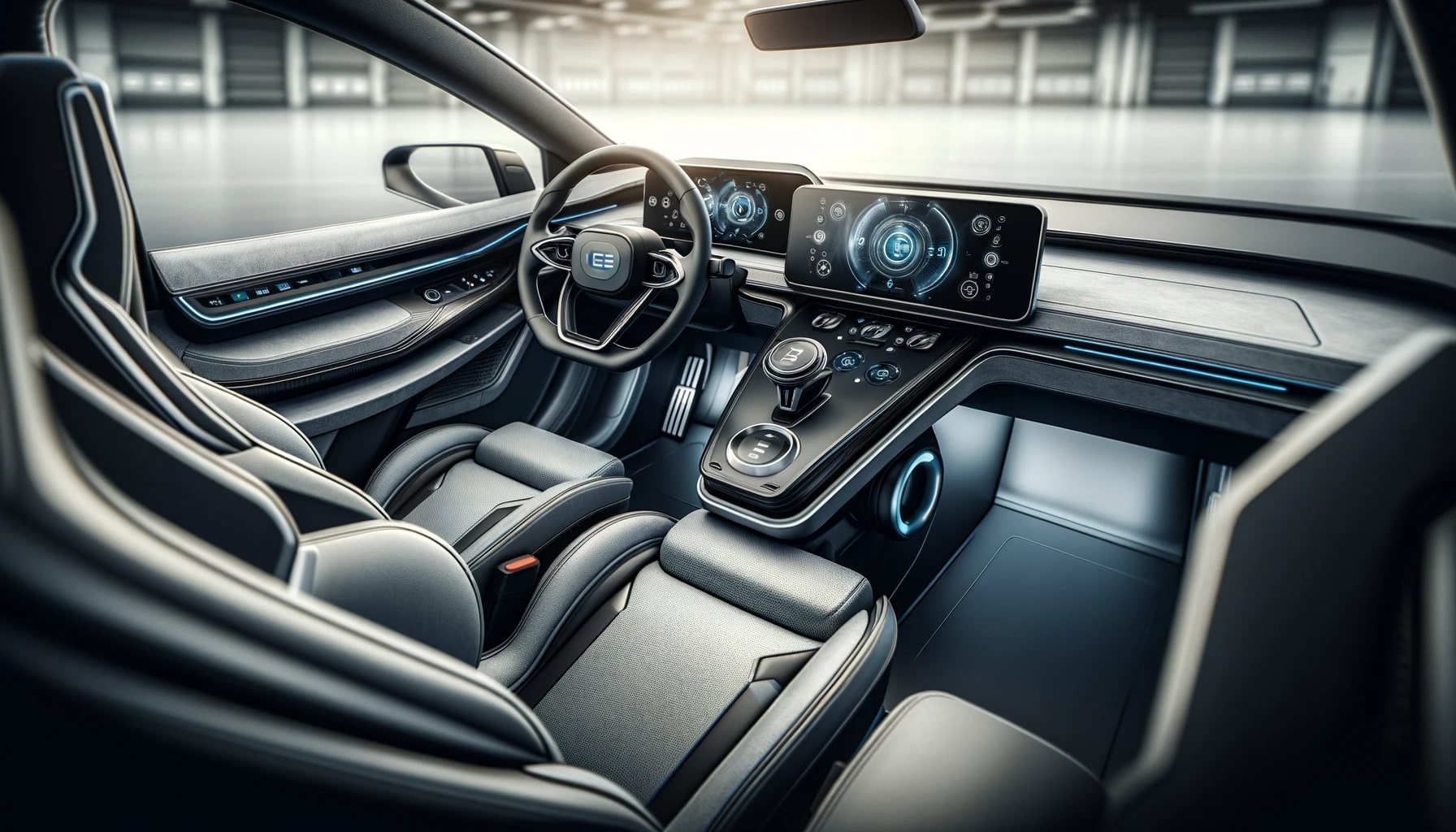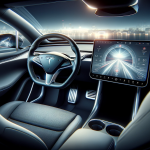After a significant incident involving one of its autonomous vehicles, Cruise, the self-driving division of General Motors, is returning to manual vehicle testing in Arizona. The initiative is framed as a preparatory step for the eventual reintroduction of driverless taxis, aiming to rebuild the company’s reputation and enhance the safety of its autonomous technology.
In the realm of autonomous vehicles, the recent shift in Cruise’s strategy is not an isolated event. Historical patterns suggest that tech companies often face setbacks that require a return to more controlled testing scenarios. Cruise’s decision follows a trajectory where autonomous vehicle initiatives undergo rigorous reassessment and revalidation after incidents to ensure their systems are robust enough to handle real-world complexities. This approach has been critical for maintaining public trust and advancing the technology under societal scrutiny.
What Prompted Cruise’s Strategy Change?
Cruise’s pivot back to manual testing follows a significant setback last October when a Cruise autonomous vehicle injured a pedestrian, leading to a suspension of its license to operate driverless vehicles by the California DMV. This event marked a critical juncture for the company, with subsequent personnel changes, layoffs, and a halt in the production of a planned robotaxi model. The incident has also prompted federal and state investigations, necessitating a more cautious approach to autonomous vehicle deployment.
How Will Manual Testing Benefit Cruise?
Cruise’s resumption of manual driving is integral for creating detailed maps and collecting road data. By involving human drivers, Cruise can verify and fine-tune its self-driving systems before attempting to reintroduce driverless operations. This methodical and data-driven approach aims to foster collaboration with urban areas and inform decisions on where driverless operations could be safely resumed. In a landscape marked by skepticism towards autonomous vehicles, an emphasis on safety and transparency could prove crucial for regaining public confidence.
What is the Impact on Cruise’s Future?
Despite financial challenges, such as GM’s announcement to cut Cruise’s budget, the company remains focused on recovering its standing and proceeding with autonomy. General Motors CEO Mary Barra has expressed commitment to this goal, emphasizing the need to regain trust through responsible practices. The steps taken by Cruise echo the broader industry’s realization that public trust is fundamental to the success of self-driving technology.
A recent scientific paper published in the Journal of Autonomous Vehicles delves into the impact of public perception on the deployment of autonomous vehicles. This research underscores the importance of transparency and the implementation of rigorous safety measures in fostering acceptance of self-driving technologies. These insights resonate with Cruise’s current efforts to demonstrate accountability and safety to consumers and regulators alike.
Points to Take into Account
- Manual testing allows for detailed data collection and system validation.
- Public trust is pivotal for the advancement of autonomous vehicle technology.
- Incident response strategies can shape industry standards and best practices.
Cruise’s recalibration towards manual testing signifies an important juncture in the autonomous vehicle landscape. This move highlights the ongoing dialogue between innovation, public safety, and regulatory compliance. As Cruise navigates these waters, it not only shapes its own destiny but also contributes to defining the trajectory for the entire sector. The company’s emphasis on safety, collaboration, and data-driven strategy may serve as a blueprint for how emerging technologies can be integrated into society responsibly. This approach is likely to inform future regulation and public acceptance, potentially leading to a smoother integration of autonomous vehicles into everyday life.










